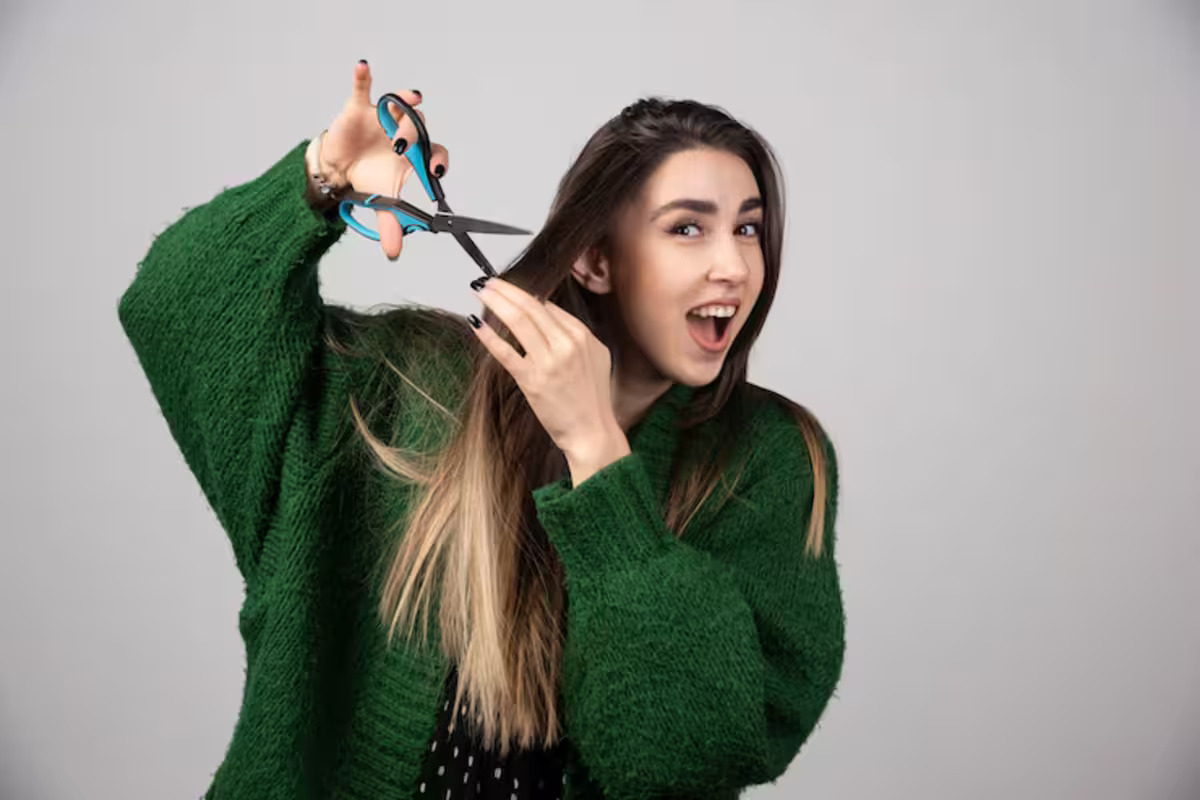When faced with the frustrating dilemma of head lice infestation, many individuals seek out various home remedies and treatments in hopes of quick eradication. Among these methods, the use of hair straighteners has gained attention as a potential solution. But does hair straightening truly eliminate lice, or is it simply a myth? In this comprehensive exploration, we delve into the science behind hair straightening as a lice treatment, its effectiveness, and associated risks.
Understanding Lice Infestation
Before delving into the efficacy of hair straightening as a lice treatment, it’s essential to grasp the nature of lice infestation. Head lice are parasitic insects that primarily infest the scalp and hair of humans. They feed on blood and reproduce rapidly, laying eggs known as nits near the base of the hair shaft. Lice infestations are common, particularly among school-aged children, and can spread easily through close contact or the sharing of personal items like hats and combs.
The Theory Behind Heat Treatment
Heat has long been recognized as a potential method for killing lice and their eggs. The rationale behind heat treatment is simple: lice and nits are sensitive to high temperatures. Exposing them to heat can desiccate their bodies, leading to dehydration and ultimately death. Additionally, heat can disrupt the structure of the proteins within the lice and nits, further contributing to their demise.
The Role of Hair Straighteners
Hair straighteners, commonly used for styling purposes, generate heat that can reach temperatures capable of killing lice and nits. Proponents of using hair straighteners for lice treatment argue that the direct application of heat to the hair effectively eliminates the parasites and their eggs. However, the efficacy of this method remains a subject of debate among experts.
Examining the Effectiveness
While hair straighteners have the potential to kill lice and nits through heat exposure, their effectiveness as a standalone treatment method is questionable.
Several factors contribute to this uncertainty:
1. Limited Coverage:
Hair straighteners can only treat small sections of hair at a time, making it challenging to ensure comprehensive coverage of the entire scalp. Lice and nits in untreated areas may survive, leading to continued infestation.
2. Risk of Reinfestation:
Lice are highly mobile and can move away from the heat source, potentially escaping treatment. Nits located close to the scalp may also evade exposure to sufficient heat, allowing them to hatch and perpetuate the infestation cycle.
3. Potential Damage:
The high temperatures produced by hair straighteners pose a risk of damaging the hair and scalp. Prolonged or excessive heat exposure can lead to hair breakage, dryness, and scalp irritation, exacerbating existing issues.
Safety Considerations
In addition to questions regarding effectiveness, safety concerns surround the use of hair straighteners for lice treatment. Unlike specialized devices designed for this purpose, such as the AirAlle device used in professional lice removal clinics, hair straighteners lack precision and may pose risks to the user:
1. Scalp and Hair Damage:
Hair straighteners operate at high temperatures, increasing the risk of thermal damage to the scalp and hair. Prolonged use or improper technique can result in burns, hair breakage, and other forms of damage.
2. Lack of Temperature Control:
Unlike professional-grade devices, hair straighteners typically do not offer precise temperature control. This lack of control increases the likelihood of overheating and unintended consequences.
Conclusion: Seeking Effective Solutions
In conclusion, while hair straighteners have the potential to kill lice and nits through heat exposure, their efficacy as a standalone treatment method is limited. Factors such as limited coverage, risk of reinfestation, and potential damage to the scalp and hair undermine their effectiveness and safety. As such, individuals seeking to eradicate head lice infestations are advised to explore alternative treatment options, including professional lice removal services and FDA-approved products.
For reliable and effective lice treatment, consider consulting with a licensed healthcare professional or visiting reputable lice removal clinics equipped with specialized equipment and expertise. By prioritizing safety and efficacy, individuals can achieve successful lice eradication and regain peace of mind.
Remember, when it comes to lice treatment, informed decisions and professional guidance are essential for optimal outcomes. Don’t let myths and misconceptions dictate your approach—choose evidence-based solutions for lasting results.




